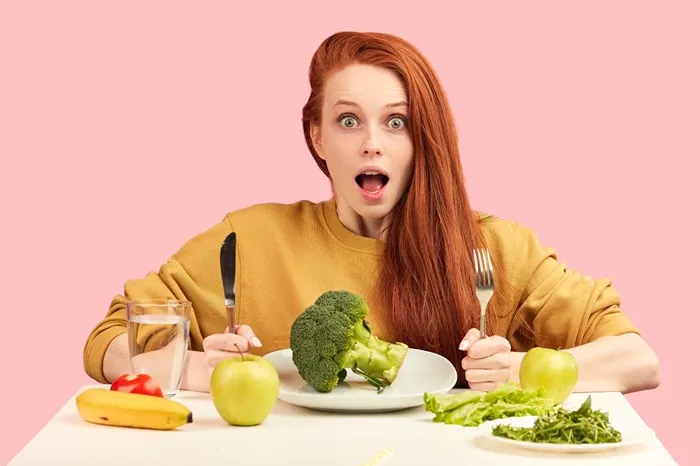After undergoing Platelet-Rich Plasma (PRP) treatment, whether for hair restoration or other therapeutic purposes, proper aftercare is crucial for maximizing the effectiveness of the procedure and ensuring a smooth recovery. One important aspect of aftercare is dietary management. Certain foods can interfere with the healing process or reduce the effectiveness of PRP. Here’s a detailed guide on what foods to avoid after PRP treatment.
Avoid Foods That Reduce Platelet Counts
Some foods are known to reduce platelet counts, which can hinder the effectiveness of PRP therapy. These foods should be avoided for at least a few days after your treatment.
Cranberry Juice: This juice can reduce platelet aggregation, making it less effective for clotting and healing.
Cow’s Milk: Dairy products like cow’s milk can interfere with platelet function.
Garlic: While garlic is generally healthy, it can reduce platelet aggregation and should be avoided post-treatment.
Tonic Water: The quinine in tonic water can affect platelet counts.
Avoid Alcohol
Alcohol is a well – known blood thinner. After PRP treatment, the body needs to form proper blood clots at the injection sites to initiate the healing process. Alcohol consumption can interfere with this clotting mechanism, increasing the risk of bleeding, bruising, and prolonged healing. Moreover, alcohol can dehydrate the body, which is not conducive to the overall recovery process. Dehydration can slow down cell metabolism and reduce the effectiveness of the growth factors and other components in PRP that are working to regenerate tissue. Additionally, alcohol can also have a negative impact on the immune system, making the body more susceptible to infections at the treatment sites.
Avoid Processed and Sugary Foods
Processed foods and those high in refined sugars can promote inflammation, which is counterproductive to the healing process. These foods can also affect blood circulation and overall health, potentially reducing the effectiveness of PRP therapy.
Processed foods, such as packaged snacks, frozen dinners, and fast food, are often high in unhealthy fats, sodium, and artificial additives. These foods can trigger an inflammatory response in the body. After PRP treatment, the body is in a state of healing, and excessive inflammation can interfere with the beneficial effects of the treatment. For example, the high levels of trans fats in fried foods can increase the production of pro – inflammatory cytokines, which may slow down the regeneration and repair processes that PRP is intended to promote. Additionally, the high sodium content in processed foods can cause water retention, leading to swelling and discomfort in the treated area.
Foods high in sugar, such as candies, cakes, and sugary beverages, can cause a spike in blood sugar levels. This rapid increase and subsequent decrease can lead to inflammation in the body and also weaken the immune system. A weakened immune system increases the risk of infection at the PRP treatment sites. Moreover, high – sugar diets can contribute to weight gain, which has been associated with chronic low – grade inflammation. This inflammation can counteract the anti – inflammatory and regenerative effects of PRP, hindering the desired outcomes of the treatment. Examples are below.
- Processed Snacks: Chips, cookies, and other processed snacks.
- Sugary Drinks: Soda, candy, and other high-sugar beverages.
- Fried Foods: Avoid fried foods for a few days after treatment.
Avoid High-Fat Foods
High-fat foods can affect blood quality and circulation, which are essential for the effectiveness of PRP. It is recommended to avoid fatty foods for at least 4 hours before and after your treatment. Examples include.
Fatty Meats: Red meats and processed meats.
Fatty Fish: While generally healthy, fatty fish like salmon and mackerel should be avoided due to their high-fat content.
Avoid Harsh Chemicals and Heat Styling
For hair-specific PRP treatments, avoid using harsh chemical hair products and heat styling tools for at least a week after the procedure. These can irritate the scalp and hinder the healing process. Examples include:
Hair Dyes and Bleaching: Avoid coloring or chemically treating your hair for at least a month.
Heat Styling Tools: Avoid using hair dryers, curling irons, and straighteners.
Maintain a Healthy Diet
To support the healing process and maximize the effectiveness of PRP therapy, focus on a diet rich in essential nutrients:
Protein: Lean meats, fish, eggs, and legumes.
Vitamins and Minerals: Foods high in vitamin C, zinc, magnesium, and B vitamins.


